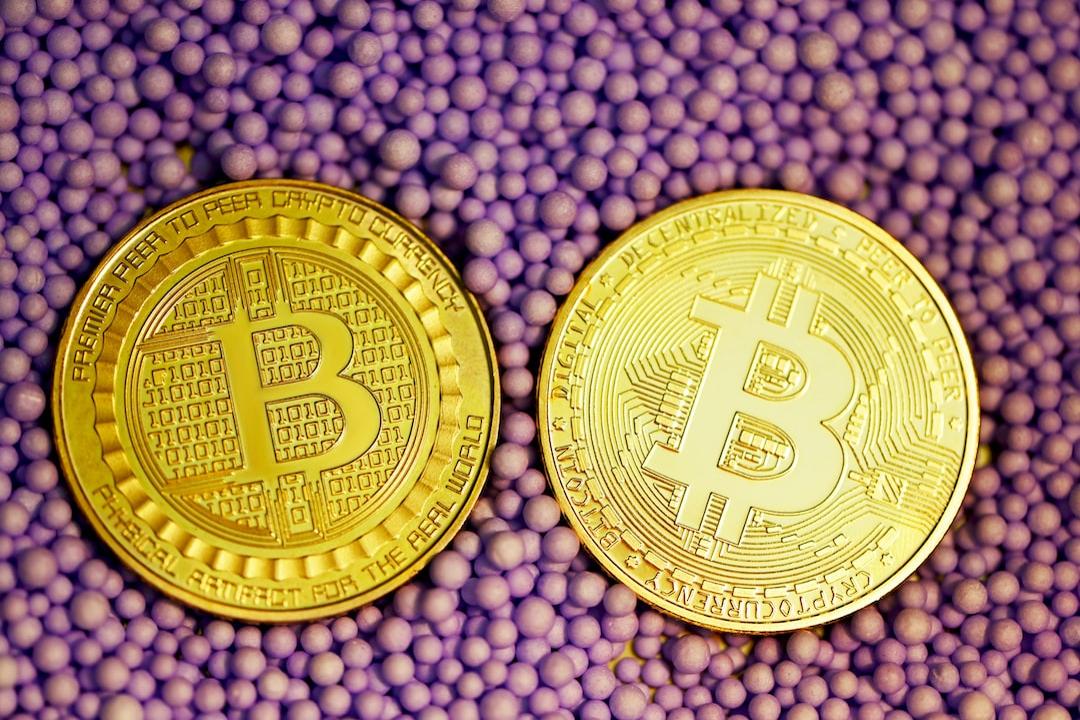
Bitcoin NFT Sales Exceed 4 Billion Surpassing Ethereum and Solana in Last Month
Bitcoin NFTs have achieved over $4 billion in total sales, ranking fourth behind Ethereum, Solana, and Ronin.
In May 2024, Bitcoin NFTs dominated the market with $171 million in sales, despite a broader market decline.
The rise of Bitcoin NFTs can be attributed to the development of the Ordinals protocol, which has enabled the numbering and inscribing of data on Bitcoin’s smallest units (satoshis).
The value of Ordinals is tied to the rarity and history of the satoshis they are inscribed on, as well as the inscribed artwork.
Despite the success of Bitcoin NFTs, Ethereum still holds the market lead with $43.8 billion in all-time NFT sales.
According to data from CryptoSlam, Bitcoin NFTs have now exceeded $4 billion in total sales, securing the fourth spot behind Ethereum, Solana, and Ronin.
In May 2024, amidst a broader market decline that saw overall NFT sales drop by 54% compared to April, Bitcoin NFTs outperformed the trend.
They achieved an impressive $171 million in sales, surpassing Ethereum ($159 million) and Solana ($90 million) during the same period.
This accomplishment is especially noteworthy given the dominance of Ethereum in the NFT space, with the blockchain boasting a significant $43.8 billion in all-time NFT sales.
The surge in Bitcoin NFTs can be credited to the emergence of the Ordinals protocol, created by Casey Rodarmor in late 2022.
Ordinals provide a system for numbering and inscribing data on satoshis, the smallest denomination of Bitcoin. By assigning unique numbers to each satoshi based on the order they were mined and transferred, Ordinals allows for the creation of distinct digital assets on the Bitcoin blockchain.
What sets Ordinals apart from traditional NFTs is the additional layer of value they possess. Beyond the inscribed artwork, the worth of an Ordinal is intrinsically tied to the rarity and historical significance of the satoshi it is attached to.
Satoshis mined by Bitcoin’s creator, Satoshi Nakamoto, or those minted during specific milestones in Bitcoin’s history, such as halving events, command higher values among collectors.
The technical differences between Ordinals and conventional NFTs have led some to view them as an evolution of digital assets. By embedding all data on the Bitcoin blockchain, Ordinals are considered more decentralized and complete than their counterparts, which often rely on off-chain data for features like royalties.
However, the rise of Bitcoin NFTs has not been without challenges. The increase in activity has resulted in network congestion, echoing the issues faced by Ethereum during the CryptoKitties craze in 2017.
To address this, many Ordinals users have shifted to Layer-2 networks like Stacks and Merlin Chain, which offer more efficient platforms for trading and inscribing Ordinals.
Despite the lack of support from some notable NFT artists, the grassroots community has embraced Ordinals, creating a thriving ecosystem of unique and sought-after digital assets.
As Bitcoin continues to expand beyond its original purpose as a store of value and payment mechanism, Ordinals represent a transformative moment, showcasing the potential for Bitcoin to host a diverse array of applications.













